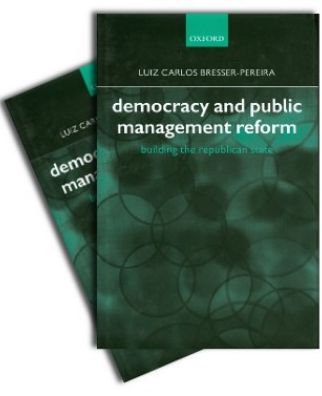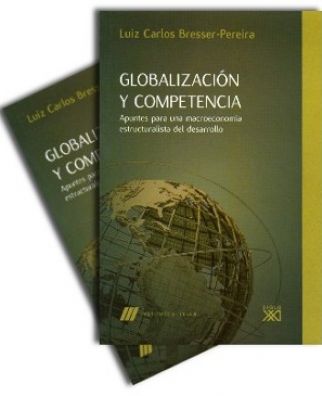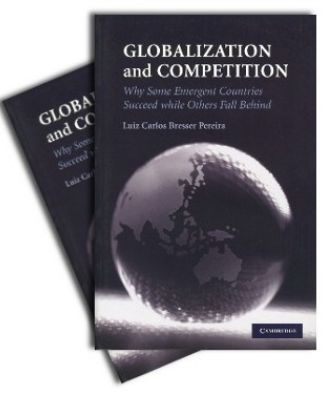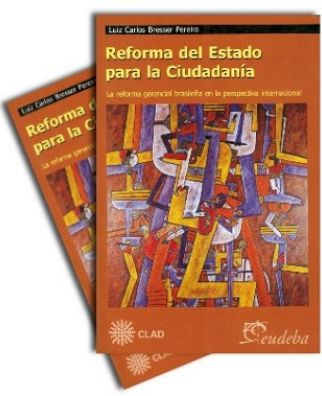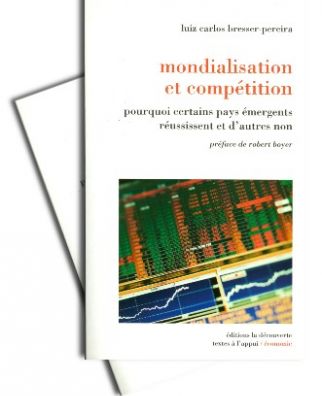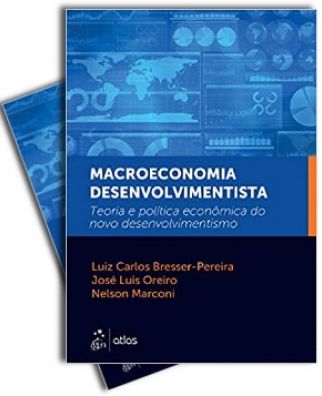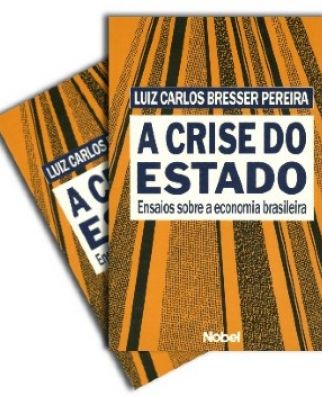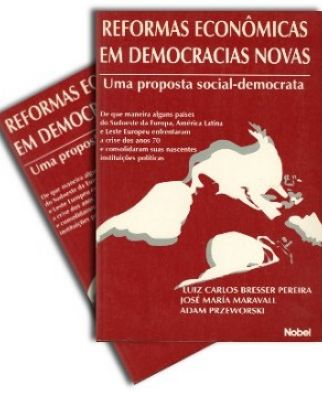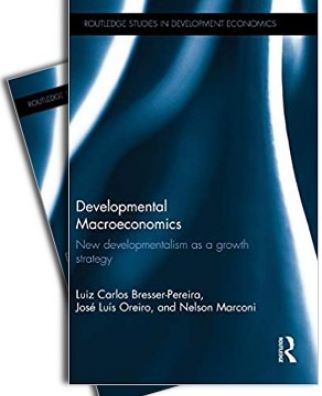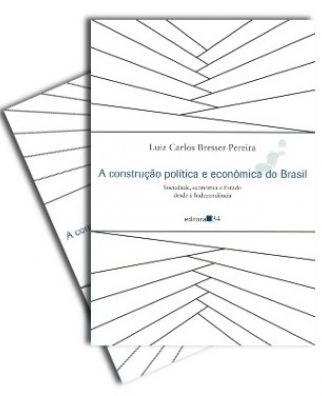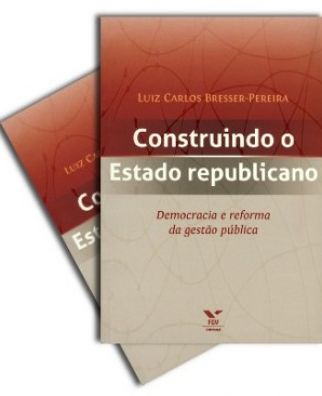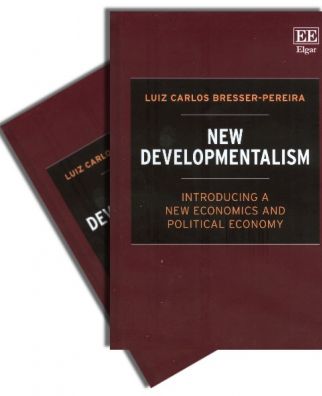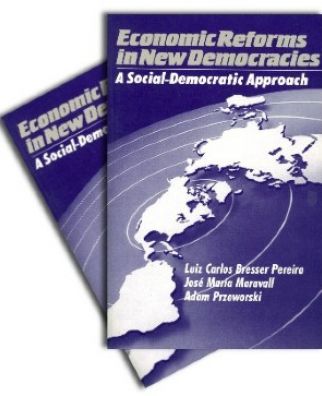2022. Lecture in the opening session of the Congresso do Centro Celso Furtado. August 2022, Rio de Janeiro.
2022. This paper explains the two long-term causes of 40 years of quasi-stagnation of the Brazilian economy: the liberalization trap, which eliminated the neutralization of the Dutch disease and made the exchange rate overvalued and the fall in public investments. (Brazilian Journal of Political Economy)
2021. From the 1980s, Brazil quasi-stagnated while East-Asia continued to grow. What went wrong? (Paper in Economic Dynamics and Structural Change)
2021. The liberal policy regime is incompatible with growth in Latin America. (Paper with Carmem Feijó and Eliane de Araújo to be published in Oxford Handbook on Secular Stagnation).
Working paper EESP/FGV 541, February 2021.
2017. The Brazilian economy is quasi stagnant since the 1980s. Public savings are insufficient to finance public investments. Since 1990, it is caught in a high-interest rate-overvalued currency trap that makes the competent industrial firms not competitive and unable to invest. (Paper in Handbook)
2019. Secular stagnation of contemporary capitalism is associated to low productiviity, profits achieved through monopoly power, profusion of capitals, and the successful competition of some developing countries. (International Journal of Political Economy)
2019. Qualquer solução depende de mudança das elites. (Article: Folha)
2019. Para o país voltar a crescer precisa rejeitar a política de expansão com poupança externa, que aprecia a moeda (Article: Valor).
2018. Survey of the recent debate on the secular stagnation of capitalism, in special, Robert J. Gordon, The Rise and Fall of American Growth. Princeton: Princeton University Press, 2016.
2017 - Since 1990, the Brazilian economy is quasi-stagnant under a liberal economic policy regime. Rentier-financier liberalism is incompatible with growth, because it keeps interest rates very high and the exchange rate overvalued in the long-term. (Paper: Estudos Avançados).
2015. Texto para Discussão 399. The Brazilian economy is quasi stagnant from 1990, because since the 1980s it dos not have public savings to finance public investments, and because, since 1990, it is caught in a high interest rate-overvalued currency trap that makes the competent industrial firms not competitive and unable to invest. (Discussion paper). More actualized version available.
2013. Bresser-Pereira and Paul Davidson
An exchange between Paul Davidson and Bresser-Pereira, published only in this website.
2007.Paper comparing three growth strategies: old or national-developmentalism, new developmentalism, and Washingtons conventional orthodoxy - actually a form of neutralizing the catching up of medium income countries. Slightly improved version in relation to "New developmentalism and conventional orthodoxy". (Paper in the book Keynes for the Twentieth Century)
2009. An encompassing analysis of the Brazilian macroeconomic system; a first attempt to build new-developmental macroeconomics. (This book is an atualized version of Macroeconomia da Estagnação). Available in bookstores
2007. An encompassing analysis of the Brazilian macroeconomic system. A first presentation of the developmental macroeconomics. Why Brazil failed to grow fast after the Real Plan. (Book: Editora 34) Out of print; availble in this site. English version available: Developing Brazil (2009).
2007. Paper comparing three growth strategies: old or national-developmentalism, new developmentalism, and Washington's conventional orthodoxy - actually a form of neutralizing the catching up of medium income countries. Updated and improved version of "Novo desenvolvimentismo e ortodoxia convencional". (Paper in book edited by Bresser-Pereira)
2006. The causes of the desindustrialization and quasi-stagnation of the economy are a non-neutralized Dutch disease and the policy of growth with foreign savings. (Article: Folha de S.Paulo)
2005. Democracy was enable to overcome the quasi-stagnation of the Brazilian economy, but it allows for consensus that, once achieved, will do that.(Article: Folha de S.Paulo)
2004. The critique of the growth cum foreign savings strategy adopted in the Cardoso administration. Foreign finance does not cause growth. Spanish version available. (Paper: International Journal of Political Economy)*
2004. With Carmen Varela. Latin Americas quasi-stagnation in the 1990s can be explained principally by the growth cum foreign savings strategy. (Paper: Journal of Post Keynesian Economics)

